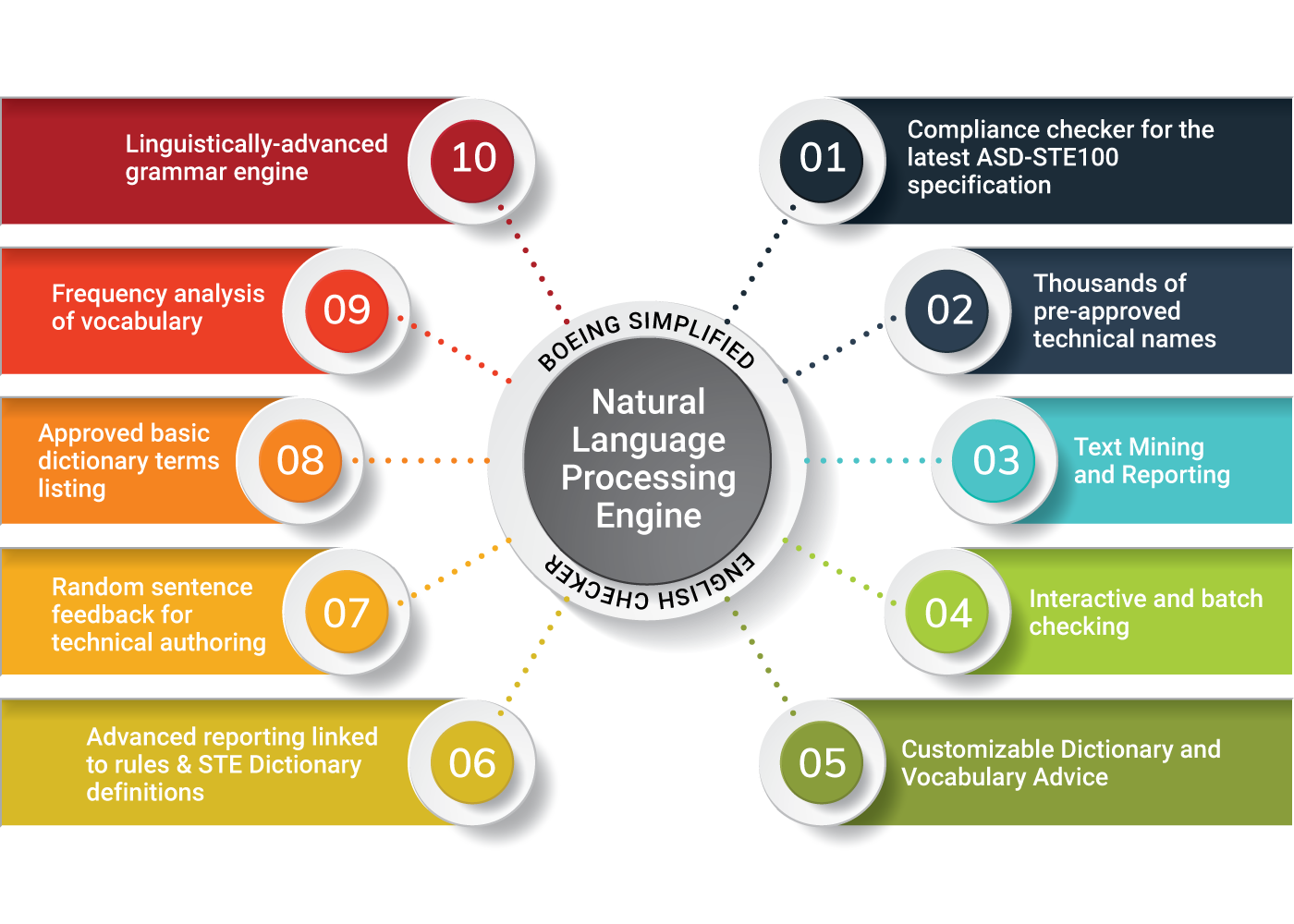Supplier Requirements eXchange (SRX)
SRX is an interoperable environment enabling collaboration between OEMs and their suppliers. SRX revolutionizes the method for packaging requirements and exchanging engineering models while maintaining configuration control and digital thread integrity.
Model-Based Systems Engineering (MBSE) interoperability support including: Single source data and baseline metrics for requirement cost and quality improvements; Visibility of requirements performance relative to product milestone completion; Digital requirements reuse; Collaboration to validate and verify requirements; Cost overrun mitigation due to requirements quality and defects; Engineering requirements development cycle time reduction.
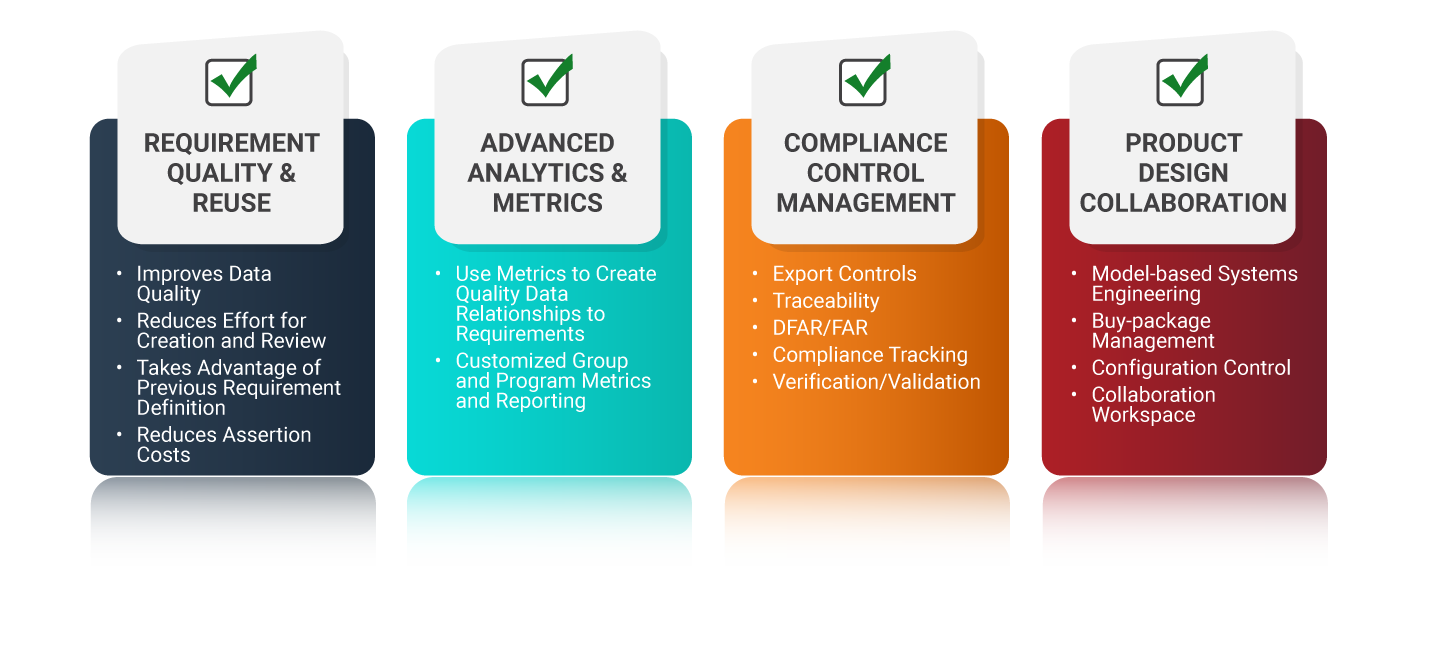
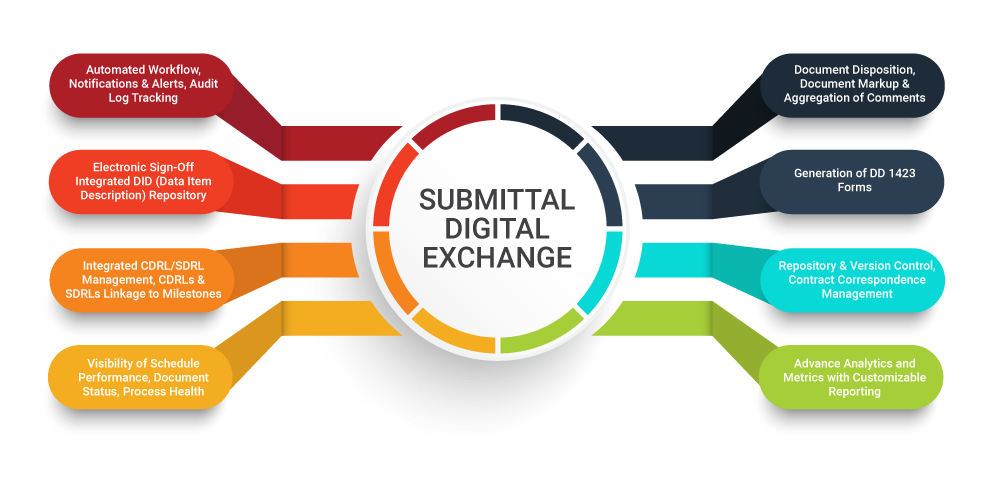
Customer & Supplier Data Transmittal (CSDT)
The Aerospace and Defense industry is a sector with continually changing technology. The supporting information infrastructure must allow for the efficient exchange of contractor and supplier data from requirements through manufacturing. Each phase of a program involves a wide range of contractual, engineering, and product data along with the need to adhere to program schedules. The coordination and integration of supply chain data and processes are vital to program success. CSDT enables the secure exchange and management of data requirements and responding documents between authorized suppliers, contractors, and customers.
Talisen provides off-the-shelf, web based software that streamlines the process of exchanging information between government organizations, contractors, and their suppliers. CSDT offers a standardized solution that can be used across multiple programs, and is designed to segregate data between program government users and supplier companies.
CSDT has an easy to use interface and common workflow that reduces the cost of CDRL (Contract Data Requirements List) and SDRL (Supplier Data Requirements List) document review and management.
Electronic Procurement Information Center (EPIC)
Demands on supply chain systems are increasingly complex and diverse in today's marketplace. Adaptable procurement strategies and well-managed supplier relationships are essential for organizations seeking to meet those demands and drive value from their supply chain. Efficient and sustainable procurement processes can improve cost savings, reduce operating expenses, and provide a competitive advantage for your company.
Standardization and Collaboration between procurement organizations, internal departments, and suppliers is key to overall procurement and cost reduction success. Procurement organizations can improve their processes by automating and applying best practices to parts of their operation that are not collaborative or standardized today. Effective supply chain processes and systems enable procurement agents, management, and buyer professionals to proactively share information across the enterprise, evaluate and review internal and supplier performance, and increase company profitability.

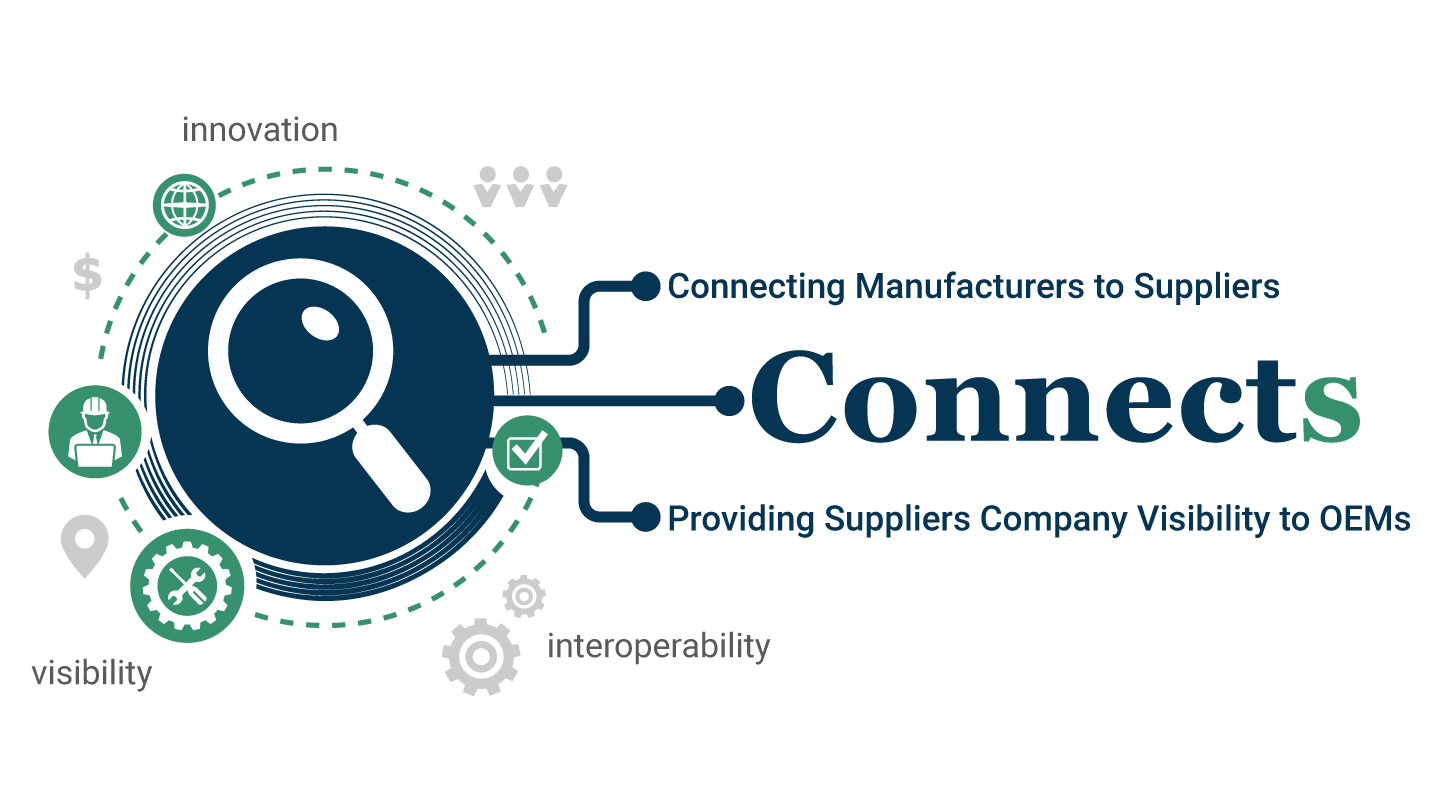
Radius (code_name)
The aerospace, defense, and manufacturing sectors are complex and ever-changing with new innovations, services, and products. The evolving industry landscapes pose a significant challenge in staying abreast of the multitude of companies and the value they bring to the marketplace.
Connects is designed to network OEMs and the supply chain through an online community based on capabilities and business value. Connects goes beyond providing basic company profile information. The targeted services and dynamic search feature set offer a robust and efficient mechanism to obtain criteria-based results that match your business needs quickly.
Collaboration Management System (CMS)
CMS (Collaboration Management System) is a productivity aide with a workflow based on the A&D PLM Collaboration Guidelines and ISO 44001 strategic lifecycle framework. Utilizing a common Industry approach for data exchange greatly enhances communication across your networked community and supports compliance with industry standard collaboration practices.
CMS utilizes the A&D PLM collaboration methodology and the ISO 44001 standard which contains licensed materials from the ISO organization.

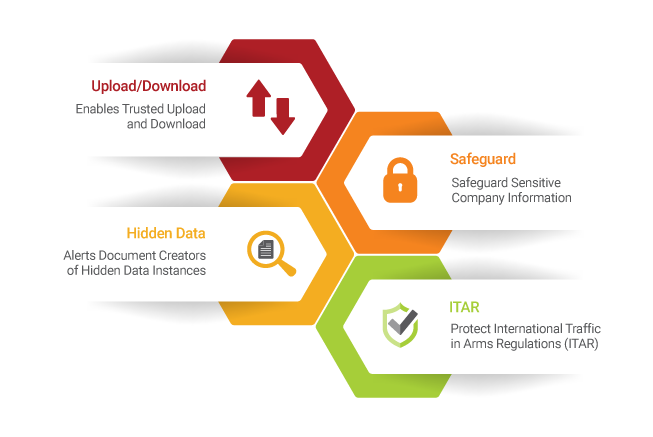
CIPHER (code_name)
The word “cipher” means zero. The CIPHER application is designed to “zero out” information within electronic documents that is hidden from normal viewing. CIPHER, which stands for Categorize, Identify and Programmatically extract Hidden Entities and Resolve, examines electronic documents, emails, attachments, and media files for possible incidents of hidden information. If CIPHER finds such data, it provides warning messages and a method for resolution using the software. The application is strengthening the measures Boeing and even some external entities are taking to ensure the safeguarding of sensitive information.
CIPHER is a patented technology that provides users with the tools they need to ensure that information is not hiding within the documentation they create. “CIPHER is a phenomenal technical achievement, and has proved to be a valuable tool for protecting International Traffic in Arms Regulations-controlled technical data and embedded classified Boeing information,” said Sharon Gilmartin, manager of Export Administration for Integrated Defense Systems' Airborne Early Warning and Control (AEW&C) program.
Boeing Simplified English Checker (BSEC)
With increased economic globalization, more and more documentation is both written in English by non-native English writers, and delivered to non-native English readers (Nyberg). Many readers have a limited understanding of English and can be confused by complex sentence structures or the number of meanings that English words can have. Using a controlled language version of English increases the comprehensibility of documentation for people with moderate English knowledge. Simplified Technical English is more easily comprehensible for multinational audiences, and helps to drastically reduce translation costs and time, eliminates redundant words and improves consistency.
Boeing Simplified English Checker (BSEC) supports authoring of technical documentation in controlled, restricted, Simplified Technical English (STE). BSEC gives feedback to writers about their compliance with the writing standard. For example, BSEC will detect correct vocabulary usage, length of sentences and compound nouns, complex verb tenses, and missing articles. Writers are supplied with approved alternative expressions by the checker. The final technical deliverable results in clear English, reduced page count of technical documents, reduced translation costs, and increased probability of properly executed instructions.
